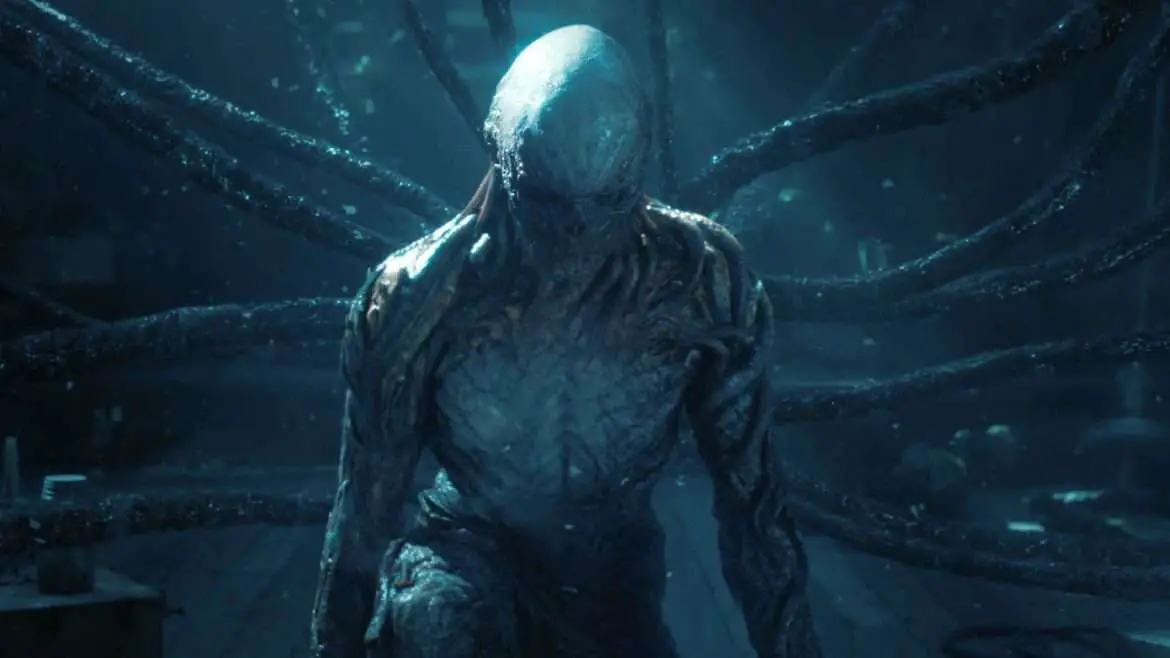Table of Contents
“Ooohh!” exclaimed everyone who had ever played a serious game of D&D in the last four decades when it was revealed that the big baddie of “Stranger Things 4” was Vecna. They then exclaimed, “Uh-oh.” If there’s one thing to say about Dungeons & Dragons’ bad guys, it’s that they’re incredibly complicated. Vampires, on the other hand, are terrifying. That’s a game for beginners.
Vecna history is one of those names that no one wants to see in their campaign, but they do. Orcus, as well as previously mentioned creatures from “Stranger Things,” such as the Demogorgon, are frequently mentioned alongside him. However, naming this new threat after Vecna is a major bet.
However, the character in the show isn’t Vecna from D & D; he’s simply called that by the group of D & D-playing kids we’ve all grown to love. There are some similarities between him and the original Vecna, but the two characters are very different, especially once it’s revealed who the “Stranger Things” version is. So who is the original Vecna? Let’s talk about secrets, shall we?
IT’S A LITTLE ANACHRONISTIC TO USE VECNA.

Vecna from Dungeons & Dragons has been around for a long time, but he’s had a sluggish start. Brian Blume, a tool and die maker as well as one of TSR’s co-founders (along with Gary Gygax), was responsible for his creation. He began Vecna’s story by inventing two artifacts: the Hand of Vecna and the Eye of Vecna. (Blume didn’t live to see Vecna in “Stranger Things”; according to Haase-Lockwood & Associates Funeral Homes, he died in 2020 from Lewy Body Dementia and Parkinson’s disease.)
And, as CBR points out, for the first ten years of D&D legends and lore, that was all there was to Vecna. Until the release of AD & D Second Edition, players only knew him by his artifacts. It was published in 1989, and it was in this edition that Vecna was given his due. Did you catch what we did there?
However, this is where we run into a real-life issue. Strange Things 4 is set in 1986 (according to the LA Times), and Vecna would have only been known to the kids from Hawkins as the source of some very disturbing artifacts at the time they were looking for a D&D-inspired big bad guy to label the creature breaking through from the Upside Down. He wasn’t quite the unstoppable force he’d become, but given the “missing eyes” situation, the Hawkins kids get a pass.
HIS ARTIFACTS WERE ORIGINALLY HIS ARTIFACTS.

It’s kind of fitting that Vecna was only known for his magical artifacts at first. According to Polygon, his name was an anagram of Vance, which was a nod to Jack Vance, a fantasy author whose works the original D&D creators used as a blueprint for the game’s magic system.
It took a lot of dedication to use the artifacts. The hand was Vecna’s mummified left hand, and the would-be wielder had to cut off their own left hand and press the relic to the stump in order to use its powers. Similarly, using the eye necessitated the removal of one’s own eye and the replacement of Vecna’s. That wasn’t the only snag: users couldn’t change the effects, and removing either the hand or the eye meant certain death. Why would anyone want to do something like this? They had an almost ridiculous amount of power.
The eye has variously been given the ability to see the future, to see through objects, and to see in the dark, according to D&D Lore. Meanwhile, the hand’s wearer is said to be able to cast ancient spells, drain a person’s life force, and kill instantly. Only a few people in the D&D mythos have managed to obtain both artifacts, and in exchange, they gain the ability to summon creatures and resist magic. Donning the Eye or Hand in 5th Edition grants random properties as well as an immediate alignment change to evil. But, hey, they were probably on their way there anyway.
SO, WHAT’S VECNA’S DEAL?
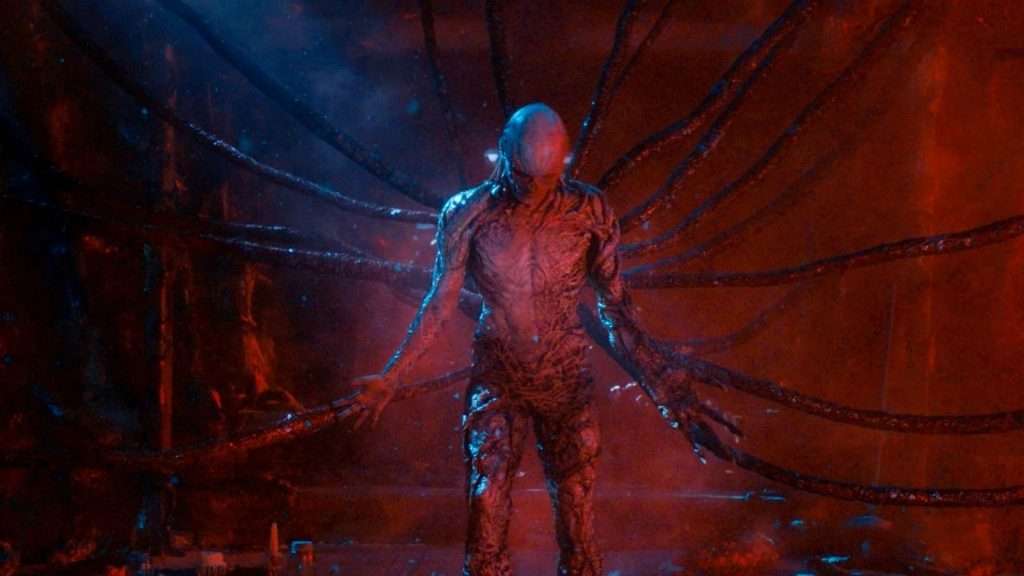
Players had to deal with a Vecna who was looking to reclaim his eye and hand in modules like “Vecna Lives,” where they had to deal with a Vecna who was looking to reclaim his eye and hand. That’s when we discover Vecna was once a perfectly normal human (or, in some cases, a half-elf) who was born to a cruel and twisted mother. His mother’s constant prodding led him down the path to becoming a powerful wizard, but CBR claims that when she died, things went off the rails.
Vecna came face to face with the fact that death was more powerful than any human, and the realization that he would eventually die — and all of his knowledge would vanish — broke him. So he resolved to spend the rest of his life attempting to become immortal.
14 Peaks: Nothing Is Impossible. The Impossible Becomes Possible In Crypto Industry Also
I watched the Netflix documentary “14 Peaks: Nothing Is Impossible” over the weekend. It is based on Nimsdai Purja, a Nepali mountaineer who sets out to summit each of the world’s 8,000+ meter mountains. Read More >>
What happened next is described in a few different ways (via Forgotten Realms). One version claims he joined forces with the undead’s demon lord to become an eternal lich, while another claims a creature known only as The Serpent provided him with the knowledge he needed to become immortal. According to a third version, he discovered it after experimenting on a large number of people before developing a ritual that would grant him immortality. All of the stories agree on one thing: he had to sacrifice his mortal form in order to preserve his immortal essence.
THE RISE OF VECNA

Vecna didn’t become all-powerful right away after becoming immortal; he needed the help of Acererak, a multiverse-crawling demon lich.
Let’s get a little more specific — in brief — in case “multiverse crawling demon lich” doesn’t paint a clear enough picture of this guy. According to the Forgotten Realms, Acererak was a big fan of collecting adventurers’ souls, luring them into dungeons with artifacts he’d gathered from across space, time, and multiple universes. No one knew where he kept them, but that’s a minor detail in the grand scheme of things.
During his travels, he encountered Vecna and his almost unfathomable knowledge. As a result, he decided to make friends with the newly-created lich, arranging for his near-destruction by the rival god’s clerics. Acererak swooped in, pretended to be on Vecna’s side, and taught the younger lich an important lesson about never trusting anyone again. In the end, Vecna retreated into his own domain, continuing his quest for more knowledge and power and eventually gaining a large following of followers who flocked to him in the hopes of furthering their own power quests (via Forgotten Realms).
THE CREATION OF VECNA’S ARTIFACTS AND A BETRAYAL

The number of Vecna’s allies grew in tandem with his power. Kas, a former paladin who had strayed far from the usual sparkles-and-halo goodness that comes with a paladin, was at the apex of that dumpster fire of evil. Kas, according to Forgotten Realms, rose through the ranks to become Vecna’s right-hand man… sort of.
He was turned into a vampire and given the ability to use necromantic magic by Vecna, who also granted him a lesser version of his own immortality. He also gave him a magical, sentient sword, and there are no happy endings to stories about sentient weapons.
Vecna was so evil, it turned out, that some of it bled into the so-called Sword of Kas. The sword began whispering to its master, informing him that Vecna had to leave. Kas listened to the voices in his head, and when Vecna was in the middle of a ritual, he chopped off the lich’s hand, jammed the sword into his eye, and a little mutually assured destruction occurred. Except for the artifacts, Vecna’s body was destroyed, and his spirit was scattered. Meanwhile, Kas was exiled to another realm (and no, D&D fans won’t be hearing from him again).
WHAT IS BETTER AND MORE IMPORTANT THAN IMMORTALITY? GODHOOD.
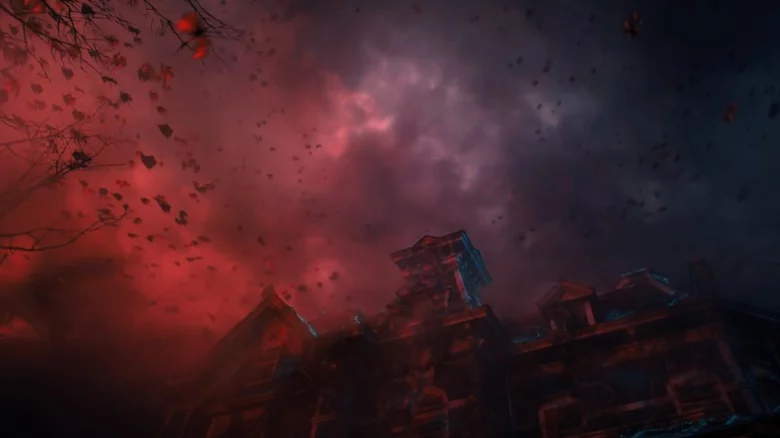
It’s pretty hardcore to become immortal at the expense of your physical form, but if there’s one thing Vecna can be said for, it’s that he doesn’t settle for second best. According to Forgotten Realms, after becoming a lich, he continued his relentless search for more power, gaining an increasing number of followers along the way, particularly magic-users who shared his desire for power, knowledge, and the forbidden.
Over the centuries, Vecna grew to the point where he was a demigod. It’s not clear how he became a full-fledged god, but it’s been thought for a long time that he got the power to change the way whole worlds work and then called himself a god.
Vecna’s main source of power wasn’t undead magic or necromancy at all; instead, it was secrets. One of the skills he acquired along the way was the ability to sense the moment when someone revealed a secret to more than 500 people, either verbally or in writing. Sure, knowledge is valuable, but secrets are even more so, and Vecna became the goddess of secrets. He spent the majority of his time as a god wandering the multiverse. He was, however, linked to a few locations from the “Stranger Things” universe, including a citadel in the eerie Plane of Ash.
VECNA’S CULT WAS JUST AS DANGEROUS.
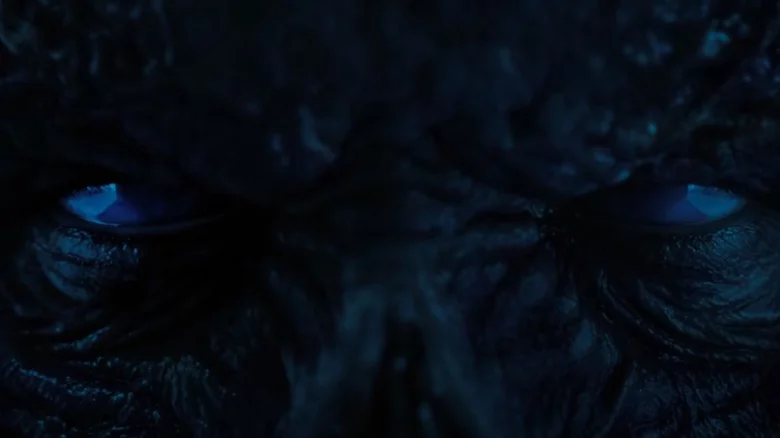
The thing about Vecna is that he’s so powerful that putting him in a standard D&D campaign is like dropping an atomic bomb into a kiddie pool. That’s where the Cult of Vecna comes in, according to ScreenRant.
Vecna takes the form of an undead lich, but the cult’s primary concern and currency is secrets, not necromancy. (As well as some of the most potent magical items ever written into the game.) His cult is persecuted by nearly every other god’s followers, both good and evil, so they have to be very good at concealing their true identity, appearance, and beliefs. They’re also good at finding out the truth about other people, especially their true names.
According to D&D lore, everyone is given a name at birth, as well as a true name. That true name is a symbol of everything they are, and it can be used to control them without a doubt. That is true of both player characters and massively powerful NPCs, including dragons. The Cult of Vecna’s schtick is based on their ability to manipulate others into doing whatever they want.
VECNA, DIE, DIE!
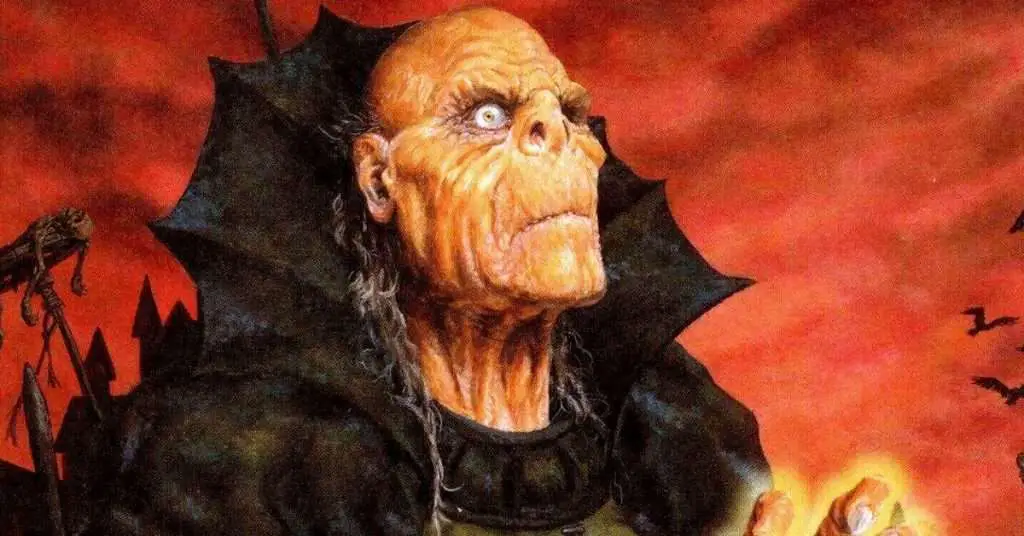
In the year 2000, a new campaign centered on Vecna was released. “Die, Vecna, Die” was the title, and there’s a lot to unpack here, starting with the story. The City of Sigil, which was essentially a city at the multiverse’s center, was the setting for the module. It was described as a “Nexus of the Planes” by the Forgotten Realms, and it was ruled by the Lady of Pain, who is widely regarded as one of the multiverse’s most powerful beings.
By the time “Die Vecna Die” takes place, Vecna has progressed beyond immortality to become a deity, standing alongside the world’s other gods in the pantheon. He set his sights on Sigil, still hungry for more power. He doesn’t just want to control the city (and, by extension, travel between the planes and across the multiverse); he wants to rebuild the city (and, eventually, reality) in his own image.
According to ScreenRant, this is where the players come in: they must battle Vecna—or rather, his avatar—to prevent this from happening. Even with the Lady of Pain on their side, it’s not going to be an easy fight. She has her hands full, as it turns out, trying to undo the damage Vecna caused throughout the battle — and it’s a lot. The laws governing the multiverse are changed—vastly and irreversibly—and, while the Lady of Pain retains Sigil and Vecna retains her godly form, the module permanently alters the multiverse—and there’s actually a real-world reason for it all.
D&D REBOOTED BY VECNA
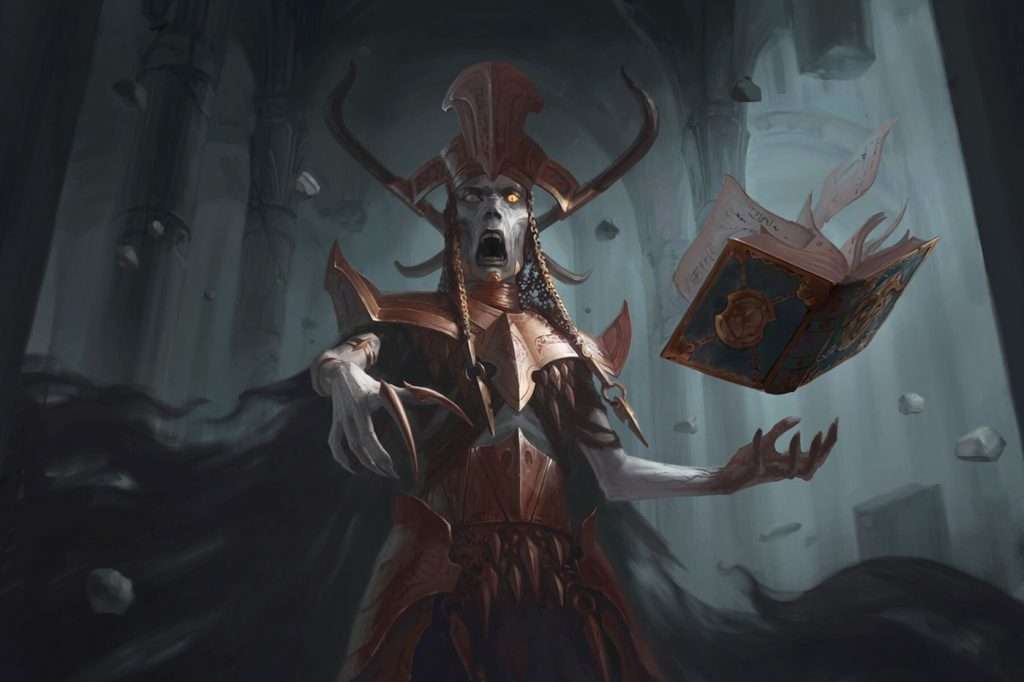
The history of the Dungeons & Dragons franchise is a little hazy. This is no longer the case with Advanced Dungeons & Dragons (AD & D). What went wrong? According to ScreenRant, Vecna assisted with the transition.
D&D from the past is, well, difficult. There are numerous rules and restrictions, as well as the fact that THAC0 existed. To cut a long story short, TSR was the publisher of AD & D Second Edition when it was released. TSR would go through several owners and eventually face bankruptcy before being purchased by Wizards of the Coast in 1997.
To make D&D more accessible to new players, WotC overhauled the game, which included major rule changes, streamlining of play, a lowering of the learning curve, and in-game changes like the addition of a sorcerer. (As opposed to a wizard who had to study to learn magic, this is a class that has innate spellcasting abilities.) Combat became much more tactical; most things could be resolved with a d20 roll; class-race combinations were no longer limited, and characters could progress in prestige beyond level 20. (via DiceBreaker). However, they did not simply erase everything prior to the new 3rd edition. Instead, they turned their attention to Vecna.
The changes between AD & D and D & D were actually canon thanks to Vecna’s invasion of the City of Sigil, the shockwaves the fight sent through the multiverse, and the Lady of Pain’s attempts to hold all of existence together. What’s with all the new rules? Changes in class? They were the results of Vecna’s attempt to break the world, which was put back together by the Lady of Pain.
Vecna is reinvented by stranger things.
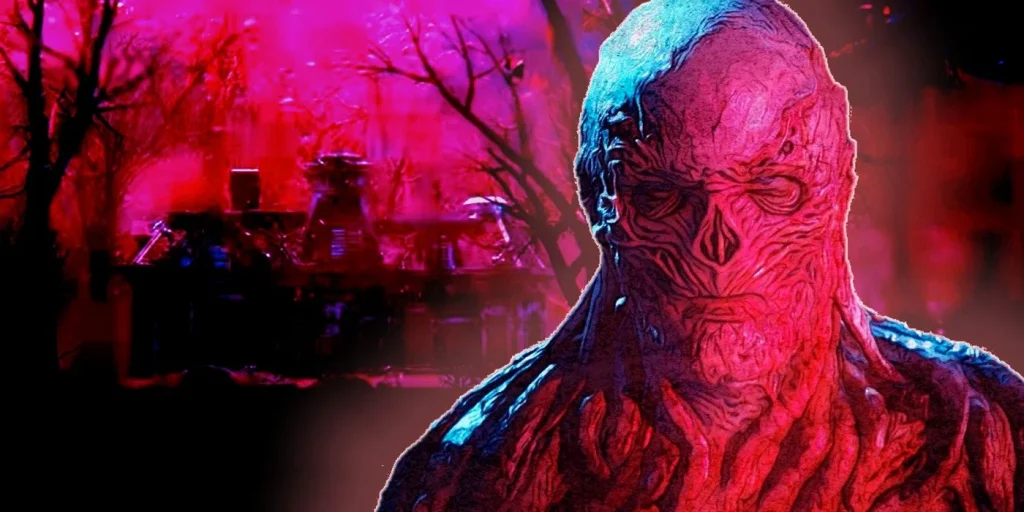
The Vecna in “Stranger Things” isn’t the same as the Vecna from Dungeons & Dragons, but there are some interesting parallels between the two. And what about that? It all begins with secrecy. (Anyone who hasn’t finished the series yet should put it down now.) You’ve been warned that we’re about to enter spoiler territory.
It was one of the first interviews Jamie Campbell Bower had done when he finally did one with Entertainment Weekly at the end of May 2022. The mysterious “Peter Ballard” he played had little to say about himself, and it was a brilliantly successful attempt to keep his true nature hidden. That’s pretty cool, considering Vecna is the god of secrets. Bower confirmed that he is not only playing Eleven’s “Friendly Orderly,” but also that he is wearing all of Vecna’s prosthetics and providing the voice. Is that the voice of a nightmare? He’s all him, he says, and it’s about 90% practical effects, including Vecna’s elongated hands.
While Bower claims his audition was mysterious, he was well aware of the situation from the start: “I can only apologize to the show’s fans for being a part of such a massive red herring,” he told EW. Did he have any assistance from the original Vecna in keeping the secret? He’s not saying, but given that he was completely visible the entire time, isn’t it surprising that the reveal was still shocking? You did an excellent job.
Source : Grunge | Wikipedia
All the information and photo credit goes to respective authorities. DM for removal please.
Read More>>>
Texas ranks worst in terms of mental health treatment access
What is Monkeypox? What are the symptoms, and how does it affect you?
